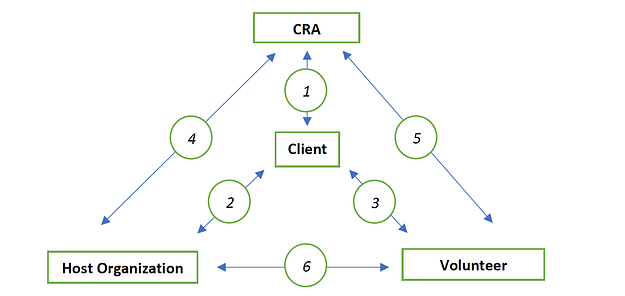The federal government’s Poverty Reduction Strategy identifies the CVITP as one of its programs that contributes to achieving its goal of reducing poverty in Canada. This is because the annual income tax and benefit return processed by the CVITP serves as the basis for establishing eligibility for and maintaining access to many federal and provincial/territorial benefits and credits, some of which are income-tested.
Set up by the Canada Revenue Agency (CRA), the CVITP is a free return preparation and filing service offered, in 2019, by over 3,500 host organizations to some 741,000 low and modest-income individuals filing 835,216 returns with the assistance of over 19,000 volunteers. Yet the CRA provides no financial support to assist host organizations with any of the costs they incur to make this possible. Instead, it encourages host organizations to do their own independent fundraising. This has not proven to be a successful nor sustainable solution.
To maintain and improve CVITP services, the CRA should be providing direct financial support to host organizations. It should also spin off some of the CVITP related services it currently provides to an independent not-for-profit unit, financed through a service contract with the CRA. This independent unit could provide these as well as other new CVITP related services not presently available to host organizations.
This proposed arrangement is in keeping with current federal government practice wherein federal services to the public delivered by independent parties receive some financial support. In the absence of such a change, host organizations will continue to struggle to maintain the current level of service and will not be positioned to improve their CVITP services in line with CRA expectations. Furthermore, the entire CVITP operation will remain at risk, as was evidenced this year when COVID related public health restrictions temporarily shut them down and willing host organizations moved to more labour intense “virtual clinics”.
Read here to learn more about the difficult conditions in which host organizations currently operate and why this severely limits the potential of the CVITP, one form that CRA financial support to host organizations could take, and why there is also the need for an independent unit as well as what it could be do to help fulfill the potential of the CVITP.















